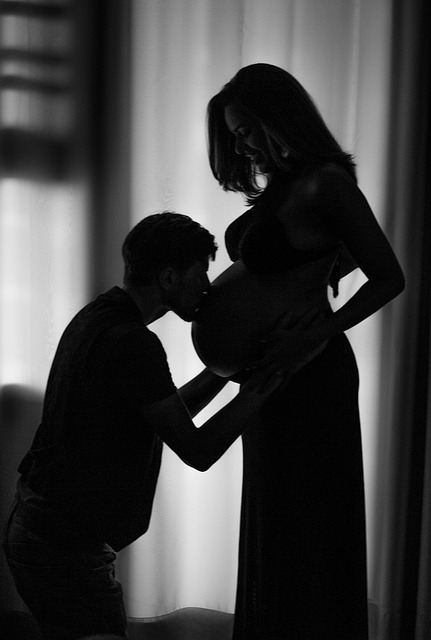In this discussion, we’ll refer to my partner as Alex. Alex is of Italian and Irish descent, raised in a suburban area near Boston, thus identifying as white. In his daily life—whether it’s dropping the children off at school, commuting on the subway, or benefiting from societal privileges—he frequently interacts with individuals who share similar backgrounds. Although it seems they do not share any particular gestures or signals of camaraderie, I could be mistaken.
As someone who is half-Asian and half-white, I often find a unique connection with others who share this dual heritage. There is an unspoken bond, a mutual acknowledgment that conveys, “I see you, and I understand your experience.” This moment of recognition, which I refer to as “That Hapa Moment,” is a subtle but powerful interaction.
The term “Hapa” originates from the Hawaiian phrase “hapa haole,” which means half-white. In the past, being of mixed Asian descent was relatively uncommon, leading to frequent questions during my childhood: “Where are you from?” or “What are you?” One of my personal favorites was the inquiry, “Ni hao. Do you cook Chinese food?” To which I would internally respond with my location (California) and species (Homo sapien), not to mention my disdain for the assumption.
Initially, these questions made me uncomfortable, yet they also instilled a sense of pride within me. I felt distinguished, as if my uniqueness was being acknowledged. While most people around me were white and thus seemed ordinary, I found my diverse background—dim sum in Chinatown alongside pasta and steaks—remarkably fascinating. I cherished my Chinese-American family and felt enriched by that aspect of my identity.
However, as I transitioned into adolescence, the narrative shifted dramatically. I faced unwanted comments from male strangers who would remark on my “slanted” eyes, often following with phrases like, “My last girlfriend was Japanese.” Such remarks were not only dehumanizing but also fundamentally misguided—an example of the ignorance that would leave me frustrated.
When I met Alex, it never occurred to me to ask if he could prepare a traditional Irish dish or if he belonged to any particular cultural group, although I do enjoy a good joke about drinking. Unlike me, he has not experienced fetishization or exoticization. Despite his Irish surname, he identifies more with his Italian heritage, and yes, he is known for his exceptional marinara sauce. He has the freedom to choose what aspects of his identity to share, while many mixed individuals, like myself, had their identities defined by others, often before we could articulate them.
When I meet another person of similar mixed heritage—perhaps a fellow parent at my children’s school—my first thoughts do not revolve around outdated stereotypes or assumptions about their upbringing. Instead, I recognize a shared experience that transcends the superficial. Perhaps they, too, have faced awkward comments or insults that hinted at their ethnicity.
In today’s landscape, the perception of mixed-race individuals is evolving. The once prevalent stereotypes have diminished, and the diversity of racial backgrounds in families has become more commonplace. Younger generations, including my children, view their mixed heritage simply as part of who they are. They often express their identities in fractional terms, cheerfully stating, “I’m a quarter Chinese, a third Italian, and a dash of Martian.”
Recently, I spent time with my extended Chinese-American family, and afterward, a friend jokingly asked my children if they encountered many Chinese people during our visit. My son’s confused expression indicated that he hadn’t even noticed. To him, everyone was simply Auntie or Cousin, regardless of their ethnic backgrounds. This illustrates a significant shift toward a more integrated understanding of identity.
While this represents progress, it also raises questions. My children may not face racial jokes or the same stereotypes I did, but they might miss out on the unique aspects of their heritage that once made me feel exceptional. As we blend into a more homogeneous society, we must consider what we gain and what might be lost along the way.
For those navigating similar journeys of identity, understanding the complexities of cultural perceptions is crucial. Resources like ACOG’s guide to treating infertility can provide invaluable support. If you’re interested in exploring home insemination options, you can find reputable information and products, such as the BabyMaker Home Intracervical Insemination Syringe Kit and the At-Home Intracervical Insemination Syringe Kit, to assist in your journey.
In summary, the evolution of identity and cultural perception in our society reflects broader changes in demographics and attitudes. As we confront these shifts, we must recognize both the progress made and the elements of uniqueness that may be at risk of being lost.
Keyphrase: modern cultural perceptions and identity
Tags: [“home insemination kit” “home insemination syringe” “self insemination”]
